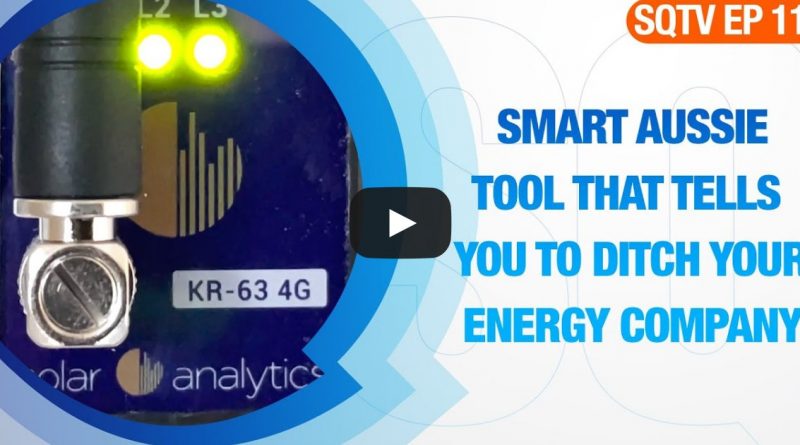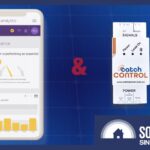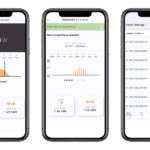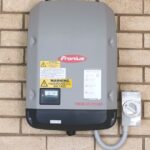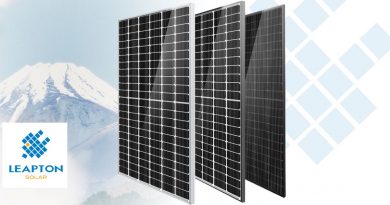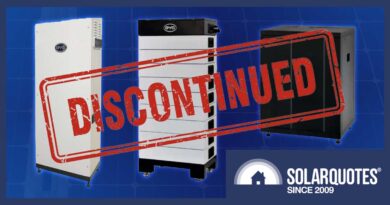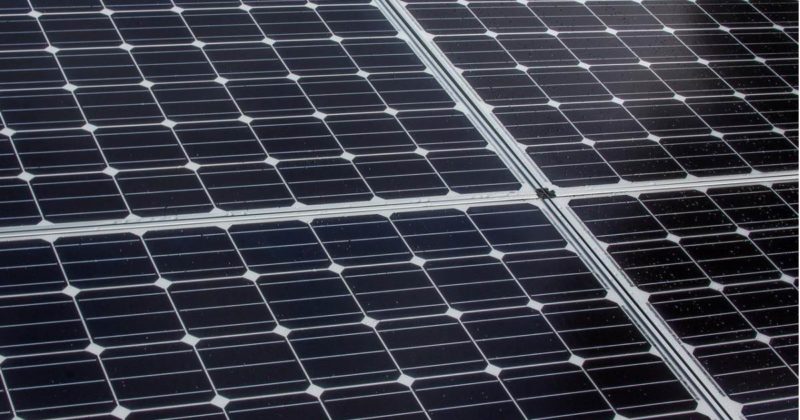Should You Get Solar Analytics For Your System?
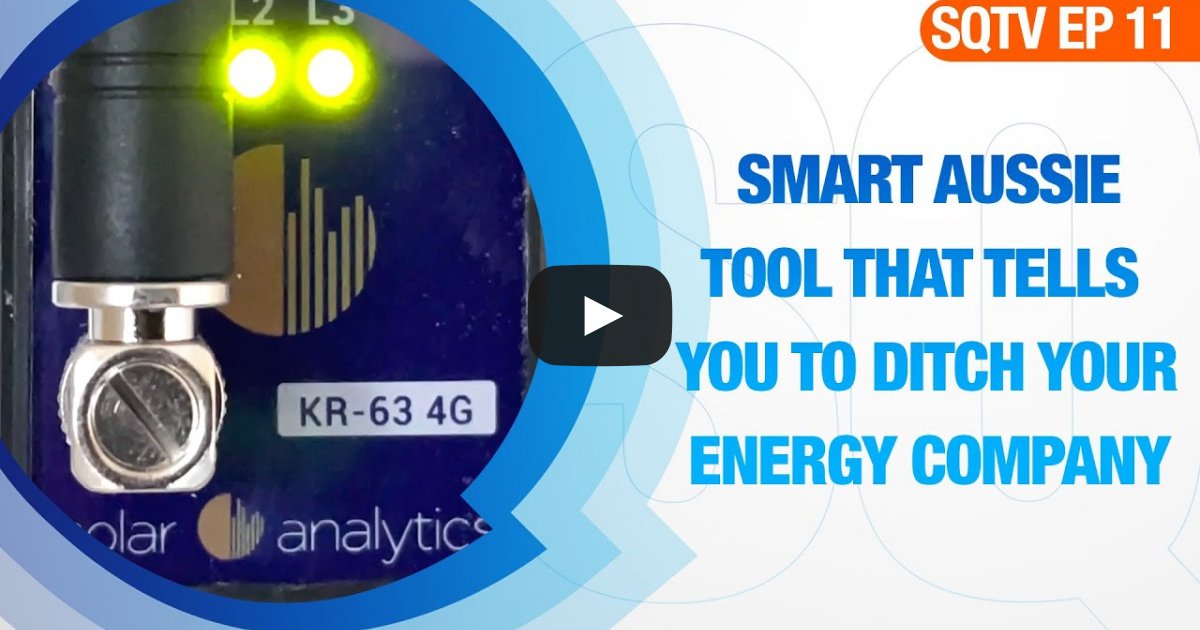
[embedded content]
Finn’s a big fan of advanced solar power system monitoring, particularly the Australian-developed Solar Analytics solution. Here’s why.
Transcript begins —
Finn: For “Ask Finn” this month, I’m going to answer a question that I get asked all the time.
“I’m buying a solar system. I’m getting consumption monitoring anyway -should I go the extra mile and get a premium Solar Analytics package?”
.. which is software made in Australia in Redfern, Sydney by the company Solar Analytics.
Now, if you want to add Solar Analytics to your system, it’s quite a big ask at the moment because it’s up to 600 bucks added to the cost of the solar system. And if you’ve already got good monitoring, why would you want Solar Analytics on top? I’ll give you two good reasons.
System Performance Alerts
Number one, Solar Analytics have spent years perfecting the algorithms that tell you if your solar system is running properly. They’ll give you a percentage figure and it will spot stuff that’s going wrong with your system before almost anyone else knows about it.
I’ll give you an example. I’ve got a friend, they had a Fronius system on their roof. They had Solar Analytics, and Solar Analytics started pinging them. It said there’s a problem with the system; it’s running at about 85% and it seems to be getting worse. We called up the installer. The installer was a good guy who was referred through SolarQuotes. He came straight round. He had a look – one of the MC4 connectors1 had a problem with it – and it was melting.
So, that could have been quite nasty if it hadn’t been picked up on. So, Solar Analytics can spot issues early.
Electricity Plan Optimiser
The other thing that’s just come out I’ve been asking them to do for ages. They’ve got a thing called Plan Optimiser. Now, this is getting more and more important as electricity tariffs become more complicated. We’re getting demand tariffs2. We’re getting time-of-use tariffs3. We’re getting solar sponge tariffs4.
What Solar Analytics can do now is it can look at your actual energy data and it can compare that with all the electricity plans in Australia – and can say, “Hey, this is absolutely the cheapest plan for you, based on the actual amount of electricity you import and export”.
And they did a survey of a bunch of customers, and the average person was saving 400 bucks a year5.
Inverter Integration
And there’s another thing about Solar Analytics that’s making it even more compelling. Depending on what inverter you’ve got, you don’t even have to buy the expensive Solar Analytics hardware anymore. You can actually just buy the software, which is a lot cheaper.
And they’re slowly integrating with all the big inverter manufacturers. They’ve already got there with Sungrow. They’ve got that with Fronius. And it’s confidential, but I’m pretty confident there’s other big inverter manufacturers that are going to be getting on board soon.
So should you buy Solar Analytics if you’ve already got monitoring?
I reckon yes. Many installers disagree with me, but I’ve got it on two of my systems and it’s been invaluable. I love it. You don’t look at it every day. In fact, you don’t look at it at all after a while, but that’s not why you buy it. You buy it because it sends you an email saying, “Hey, there’s a problem with your system” or “Hey, you could be on a cheaper electricity plan”.
— Transcript ends
This segment is from SolarQuotes TV Episode 11: The Australian-Made Solar Edition – it’s all about clever PV-related tech developed here in Australia such as Solar Analytics.
Related: Learn more about the benefits of advanced solar monitoring.
Footnotes
- MC4 connectors are used for connecting solar panels – MC4 stands for “Multi-Contact, 4 millimetre diameter contact pin”.
- Demand tariffs charge for electricity consumed (kilowatt-hours) at cheaper rates than standard plans, but also include a capacity charge based on peak power drawn from the grid (kilowatts) at any point during the billing period – and this charge can be very high.
- As the name suggests, time-of-use tariffs are based on the time of the day when electricity is consumed. There are usually three timeframes – off-peak, shoulder and peak.
- A solar sponge tariff is where electricity pricing is cheaper during the hours solar power systems are exporting the most electricity to the grid. They act as a sponge by encouraging households and businesses to “soak up” surplus solar energy, levels of which can become problematic in some areas during these times.
- On a related note, if you don’t have or intend to get Solar Analytics; SQ’s electricity plan comparison tool can be helpful in locating good deals for solar owners; but at this stage the tool only compares standard plans.
Original Source: https://www.solarquotes.com.au/blog/solar-analytics-monitoring-mb2293/

